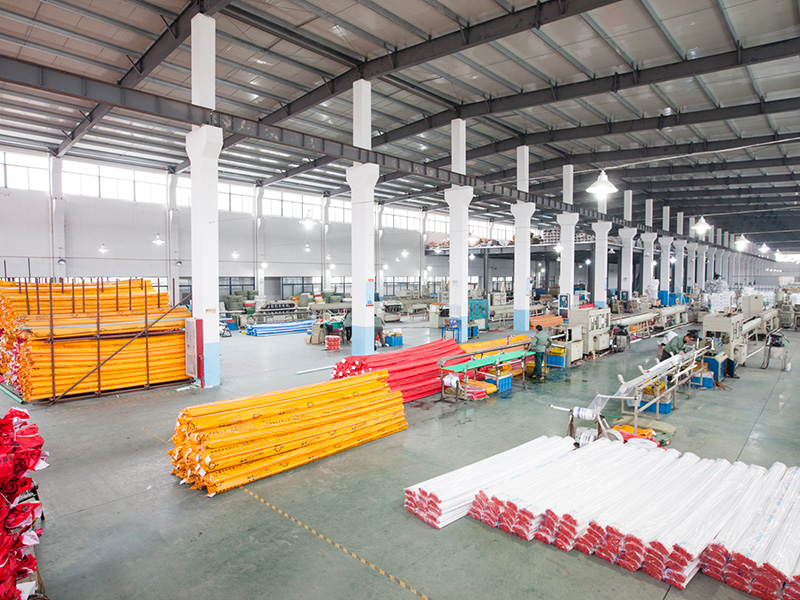Banquet chairs are ubiquitous in event venues, hotels, and conference halls, requiring robust yet elegant frame structures to support comfort and durability. The production of banquet chair frames involves several precision manufacturing processes, prominently featuring advanced machinery such as laser pipe cutting machines, pipe bending machines, and laser welding robots. These technologies collectively contribute to the efficiency, accuracy, and quality of the final product. This article explores the key functions and roles of these machines in the manufacturing process.

1. Precision Shaping with Laser pipe Cutting Machines
The initial stage in the production of banquet chair frames begins with the preparation of metal pipes, which are the primary raw materials. Laser pipe cutting machines play a critical role here by precisely cutting the metal pipes into required lengths and shapes.
Functionality and Advantages:
Laser pipe cutting machines employ a focused laser beam to cut through metal pipes with high precision and speed. Unlike traditional mechanical cutting methods, laser cutting is a non-contact process, meaning there is no physical force applied to the material during cutting.
Moreover, laser pipe cutting machines are highly programmable, allowing operators to input complex cutting patterns, including holes, slots, and intricate designs, directly into the machine's software. This flexibility is crucial for creating customized chair frame components that must fit together perfectly during assembly.
The precision afforded by laser cutting pipe cutting mcahines reduces material wastage, lowers the risk of rework, and speeds up the production cycle. By producing consistent and accurate pipe segments, the laser cutting process lays a solid foundation for subsequent manufacturing steps.

2. Forming Structural Curves with pipe Bending Machines
Once the metal pipes are cut to size, they often require bending to achieve the ergonomic shapes and structural contours essential for banquet chair frames. This is where pipe bending machines come into play.
Role and Mechanism:
Pipe bending machines mechanically deform straight metal pipes into curved shapes without compromising the pipe’s structural integrity. Depending on the design requirements, these pipe bending machines can perform various types of bends, such as rotary draw bending, compression bending, or roll bending, each suitable for different curvature radii and pipe diameters.
The precision of modern CNC-controlled pipe bending machines ensures that every bend is uniform and consistent across large production batches.
Additionally, the pipe bending machine process enhances the aesthetic appeal of banquet chair frames by enabling smooth, flowing curves that contribute to the chair’s ergonomic design. It also optimizes the strength-to-weight ratio of the frame, improving the chair's overall stability and user comfort.
3. Ensuring Structural Integrity with Laser Welding Robots
After shaping the pipes, the next critical phase is assembling these components into a cohesive chair frame. Laser welding robots are increasingly used to perform the joining of metal parts with exceptional precision and reliability.
Function and Benefits:
Laser welding robot is a high-energy beam welding technique that fuses metal parts together by melting the joint area with a concentrated laser beam. The use of robotic automation in laser welding introduces several advantages. Laser welding robots can perform highly consistent welds with minimal human error, ensuring uniform strength across all chair frames.
Laser welding robots are equipped with programmable paths that allow them to weld complex geometries and hard-to-reach areas with ease.
Compared to traditional welding methods, laser welding robot offers faster processing times and higher weld quality. The laser welding robots' repeatability enhances production efficiency, making it feasible to manufacture large quantities of banquet chairs while maintaining consistent standards.
The superior joint quality achieved through laser welding contributes significantly to the durability and load-bearing capacity of banquet chair frames, which is crucial for safety and longevity.
Conclusion
The production of banquet chair frames exemplifies the integration of advanced manufacturing technologies to meet high standards of precision, efficiency, and quality. Laser pipe cutting machines initiate the process by delivering accurate, clean-cut metal pipes. pipe bending machines then shape these pipes into ergonomic and structurally sound components. Finally, laser welding robots ensure strong, reliable joints that hold the frame together with impeccable quality.
Together, these technologies streamline the manufacturing process, reduce material waste, and elevate the overall product quality, enabling manufacturers to produce banquet chairs that are not only durable and functional but also visually appealing. The synergy between laser cutting, pipe bending, and laser welding represents the future of furniture manufacturing, where automation and precision define excellence.

